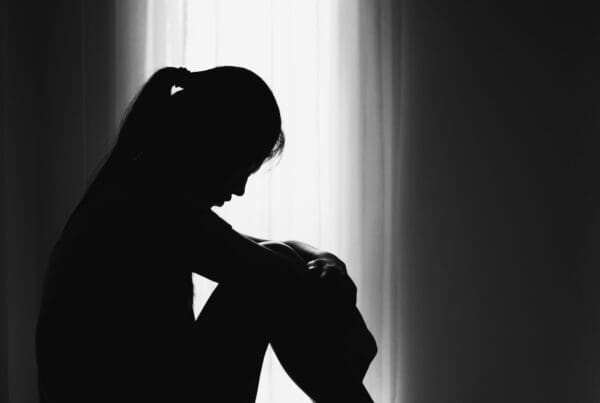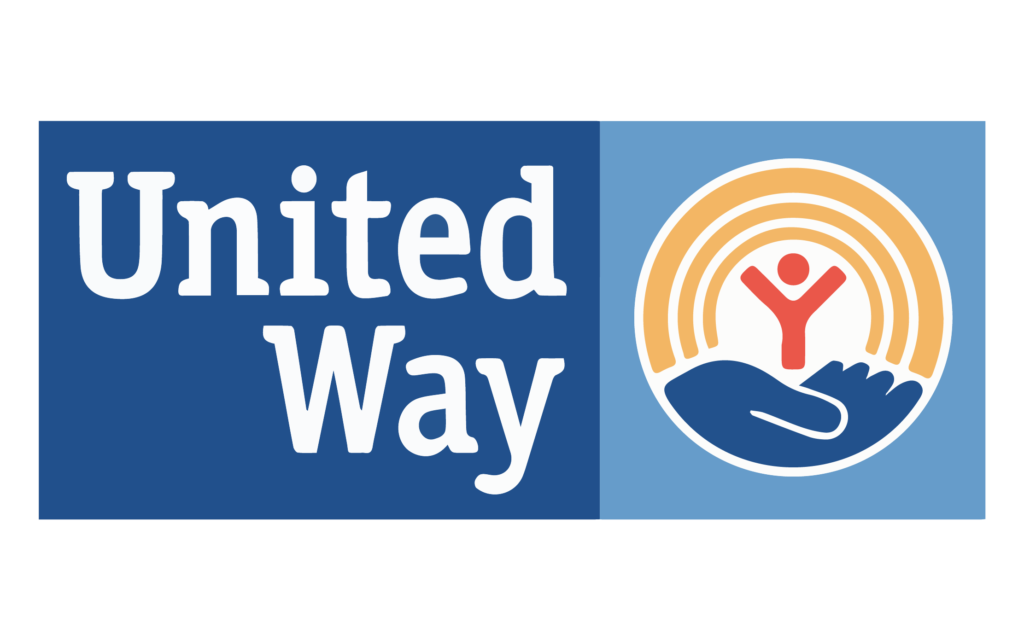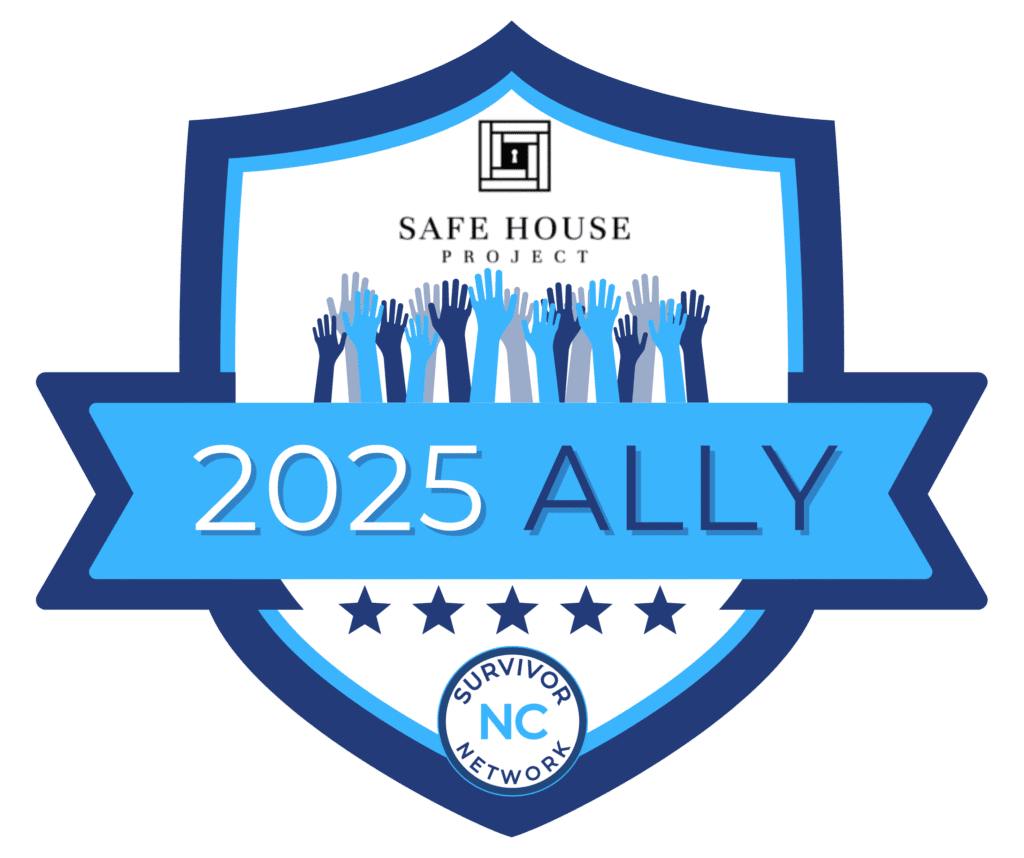Healthcare settings are among the most frequent points of contact for human trafficking survivors. In fact, 88% of survivors access medical care while being actively exploited, and often multiple times during their trafficking experience. These encounters often happen during routine checkups, care for sickness, or emergency visits. Despite the likelihood and frequency of a trafficking survivor’s interactions with the healthcare system, fewer than 1% of survivors are ever identified.
One of the greatest challenges in addressing these missed opportunities for identification is that most healthcare professionals do not know what human trafficking looks like in their community or in a clinical setting. Without the right training, survivors are regularly treated for injuries or illnesses without any questions being asked about what caused them. Trafficking survivors may interact with providers and other healthcare workers many times without being identified.
When healthcare providers understand what to look for and how to respond to human trafficking, they can transform a standard medical visit into a meaningful point of connection, and even a first step toward freedom.
Recognizing the Survivor in the Room
Trafficking survivors frequently present in clinical settings with a mix of physical, psychological, and behavioral health problems. These signs may not indicate exploitation on their own, but when multiple signs are observed in one patient or alongside unusual behaviors, they warrant further attention and screening.
Physical Health Indicators:
- Injuries or bruises that are untreated, poorly healed, or in various stages of healing
- Chronic infections or repeated sexually transmitted infections (STIs)
- Apparent evidence of rough or violent sexual activity
- Signs of malnutrition or dehydration
- Psychomatic symptoms, such as chronic pain with no clear medical cause
- Fatigue, sleep disturbances, or reported insomnia
- Frequent or recurring complaints of unexplained pain or discomfort
Mental or Behavioral Health Indicators:
- Anxiety, depression, or panic symptoms
- Emotional dysregulation or difficulty managing strong emotions
- Emotional numbness, withdrawal, or unresponsiveness during visits
- Nervousness or sensitivity to being asked questions or being touched
- Irritability, agitation, or being easily overwhelmed
- Difficulty focusing or maintaining consistency with follow-up care
- Signs of post-traumatic stress, such as hypervigilance or an exaggerated startle response
Substance Use Indicators:
- Reports of drug or alcohol use during periods of instability or coercion
- Substance use patterns that align with emotional stress or a desire to dissociate
- Difficulty remembering how much or when substances were last used
- Evidence or disclosure of being coerced or forced into using substances
Social & Environmental Indicators:
- Being accompanied to the medical visit by someone who answers questions for them or refuses to leave the room
- Hesitation to speak openly or make eye contact
- Signs of fear or deferring to another person before responding
- Lack of access to or control over identification documents or personal belongings
- No known address or reports of frequent moves, unstable housing, or homelessness
- Limited or no access to health insurance or consistent medical care
In many cases, survivors do not see themselves as victims of human trafficking, especially if they do not know what trafficking is. They may believe that their experiences are normal or deserved, or even the consequences of their own choices, especially if they were groomed at a young age or manipulated emotionally by a trusted individual. Healthcare providers must understand that trafficking survivors are not likely to use language like “abuse” or “trafficking” to describe their situation. Rather, providers should be aware of the common medical indicators of trafficking victimization and complete a screening process if there is any suspicion of potential exploitation.
Changing the Survivor Narrative in Healthcare
Healthcare providers can play a powerful role in helping trafficking survivors feel safe during medical visits and take advantage of the opportunity to seek help. Even small, intentional actions can change a survivor’s understanding that they will be believed if they speak up, changing their story from continued exploitation to freedom and healing.
- Addressing Stereotypes & Biases
Providers must prevent their own perceptions about trafficking victims from impacting their ability to see the signs of exploitation in any patient. This is especially important when considering how often trafficking survivors present in healthcare spaces with other primary concerns, such as homelessness, addiction, mental health challenges, behavioral health problems, or sexual health issues.
- Investing in Training
The signs of human trafficking are often hidden behind other medical complaints. Survivors may seek care for injuries, infections, anxiety, pregnancy, or substance-related concerns, but these symptoms result from ongoing abuse rather than the more common reasons. With targeted and comprehensive education, medical workers can learn to recognize these patterns, ask gentle and non-threatening screening questions, and respond effectively when the signs of exploitation become clearer.
- Offering Privacy
Many healthcare organizations have existing policies about separating patients from guests or asking standard questions about feeling safe, but these practices should be taken a step further if there is any suspicion of trafficking activity. Many survivors are not allowed to attend medical visits without being accompanied by their trafficker, and they are unlikely to disclose sensitive information even if their trafficker is not in the room. Offering an intentional private moment, even under the pretense of a routine procedure, can be a critical opportunity for a provider to invite self-disclosure and for a survivor to feel safe enough to share.
- Prioritizing Clarity & Consent
Many survivors of human trafficking experience ongoing violations of their boundaries and agency, including invasive or dehumanizing treatment from people in positions of authority. Medical procedures can feel threatening or triggering, even when they are standard practices or medically necessary. It is critical for providers to present choices during examinations and clear explanations of all procedures and steps, along with asking for consent before physical contact, to help survivors feel more secure during a healthcare visit.
- Recognizing Trauma Responses
The way a trafficking survivor expresses fear, pain, or distress may look very different from what a healthcare worker expects. Survivors are often forced to control or hide their emotions in order to prevent further harm, and this response can become a habit that appears even in situations that are not exploitative. However, understanding that these behaviors are common trauma responses can help providers respond with empathy instead of frustration.
- Creating Calm Environments
The sensory experience of a healthcare visit can deeply impact a survivor’s sense of safety, especially when considering the effect of loud noises, intense conversations, and rapidly changing environments on individuals with complex trauma or PTSD. Providers can mitigate this by speaking clearly, making intentional eye contact, and creating space in the conversation for survivors to express their need for a calmer environment. Even small changes, like offering a quiet space to sit or waiting to ask questions until in a more private space, can be significant.
- Providing Trusted Resources
Many survivors, even if they choose to share about their experiences, may not be ready to take action during a healthcare visit. In all situations, providers should have access to an existing list of vetted resources, including local shelters, advocacy groups, crisis hotlines, or mental health providers, to encourage survivors to consider tangible options without forcing a decision. Providing this information discreetly may equip survivors to hold on to it longer and take action when they are ready.
For many survivors of human trafficking, the healthcare system may be one of the few places where help is accessible. Providers who are willing to look beyond surface-level symptoms and engage patients with care, curiosity, and patience have a unique opportunity to create a transformative moment of safety. Every appointment or encounter, no matter how routine, holds the potential to become a turning point for trafficking survivors living in exploitation.








